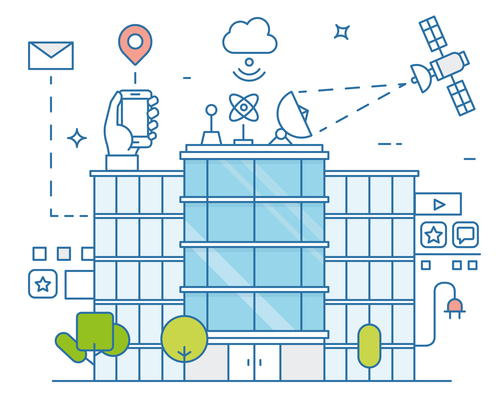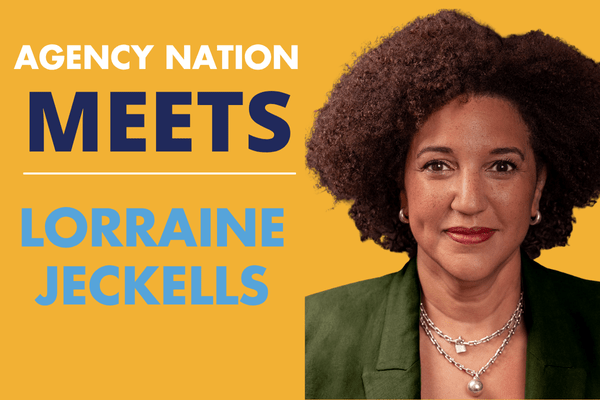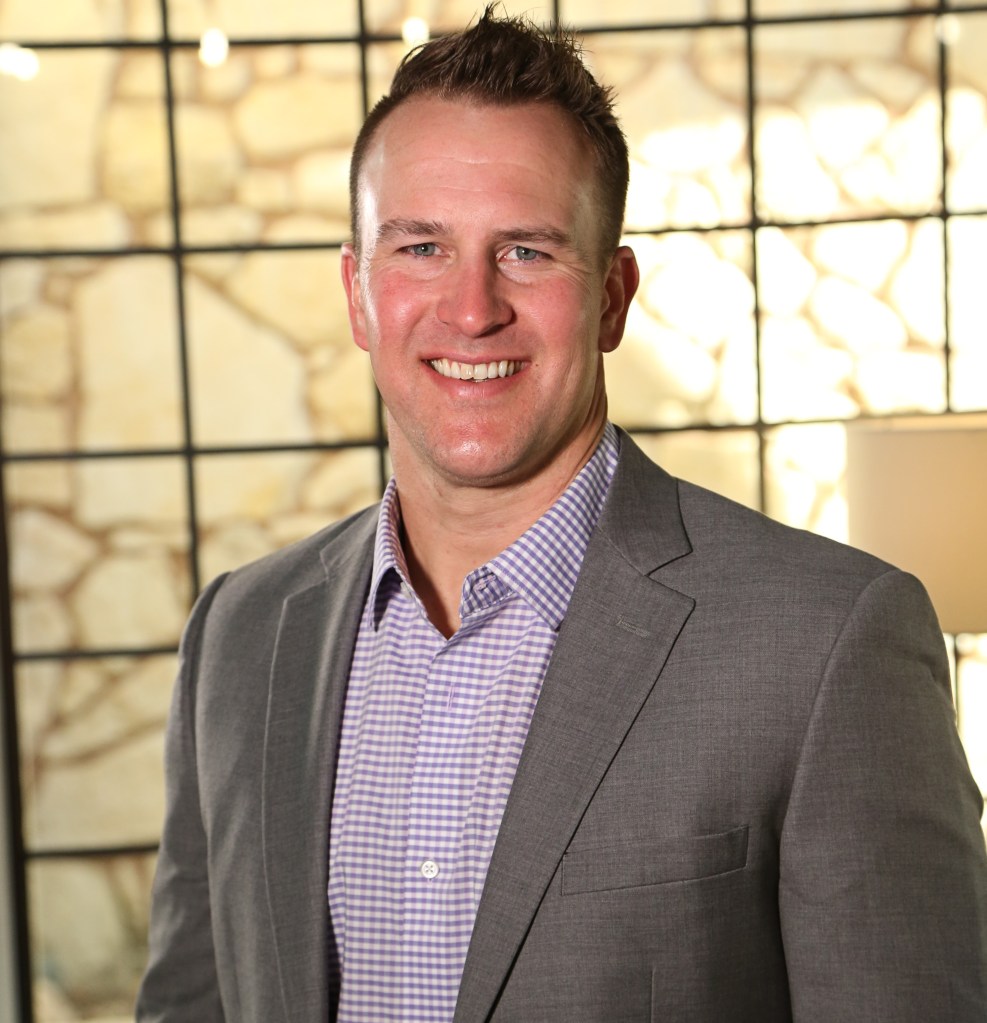Outsmarting Smart Technology: Top 3 IoT Trends Affecting Insurance

By: Jordan Reabold
The Internet of Things (IoT) is a web of connected people and devices that, simply put, quantifies life. Kevin Ashton, known as the father of the IoT, calls it “a standardized way for computers to understand the world.” This includes anything from soccer balls that measure skills to security systems that use your cardiac rhythm to validate identity.
It’s a trend that has the potential to tremendously mitigate your clients’ risks—and in some cases, reduce the need for insurance altogether.
First, more devices mean more data—big data. And the problem, according to Steve Anderson, president of The Anderson Network, is “understanding what to do with the data,” he warns. “It’ll take a bit of time. The implications are broader than what we may understand.”
Rick Morgan, senior vice president of Aartrijk, acknowledges the difficulty of big data—but also sees opportunity in the numbers. “I think we’re going to have a greater opportunity to personalize coverages and understand the individual,” he says. Insurers could use the IoT to attack unique exposures, “then price directly and offer a new set of products depending on their needs.”
Is it possible to cross the line? Many experts see potential cyber security risks as a drawback of connected things, while others believe the IoT puts client privacy in jeopardy. “How deep can an insurance company really see into a person’s life?” asks David Moss, president & CTO of People Power Company. “Ultimately, the consumer owns the data. The privacy around that data should be transparent and manageable. They can see how their data is being accessed or used, and they grant permission for use.”
The IoT will undoubtedly have serious implications for the insurance industry, but you don’t have to be left in the dust. Here are the top three IoT trends to keep on your radar:
The Connected Home
According to a report by Gartner, Inc., a typical family home could contain more than 500 smart devices by the year 2022. Some insurance companies are already offering discounts for those who install self-monitoring devices, like kitchen appliances that notify the policyholder when a part is broken and, in some cases, order news parts themselves.
Clients who own secondary or seasonal homes, for example, might consider adding sensors that detect water leakage, frozen pipes and mold, among other exposures that would otherwise go unaddressed for weeks or months.
Allstate, Liberty Mutual and State Farm have already partnered with Lowe’s to share data from its home monitoring system, Iris, which enables homeowners to control temperature, lock doors and adjust lighting on a mobile device. The insurance providers then use the data to better understand policyholders’ risks and price premiums accordingly.
This shift from reactivity to proactivity is one of the IoT’s greatest benefits for insurance. Moss says the way agents and insurers address consumers’ needs will, in turn, “shift from restitution to prevention. They’ll instill greater upfront costs to instrument these cars and homes and buildings to avoid loss payout later on.”
For additional details about the connected home, keep an eye on IAmagazine.com and upcoming editions of the News & Views e-newsletter.
The Connected Car
Connected cars, Moss says, provide “an opportunity to frame in a way back to the customer how they are doing relative to other people—in a way that will change their behaviors and driving patterns.”
Interestingly, 56% of drivers who participated in an Insurance Research Council survey reported making changes to the way they drove after their insurance company installed a telematics device in their primary vehicle.
Pair that heightened self-awareness with devices that use data from other cars—and even infrastructure like traffic lights—to reroute drivers when there is upcoming traffic or accidents, and time spent behind the wheel has the potential to become exponentially safer for both individuals and businesses.
“Connectivity will drive down insurance premiums, which is great for the consumer but not so good for the insurance business,” points out Kevin Meagher, senior vice president of business development for ROC-Connect.
“Consequently, as revenues in vehicles may reduce, there are ways to generate new revenues from homes and other property,” Meagher says.
The Connected Self
While wearables that track heart rate and number of steps are already altering life-health insurance, startups like helpMEwell are pushing the “connected self” trend a step further. In 2014, the company introduced a service that enables hospital staff to assess patients’ symptoms at home, helping reduce pricey, unnecessary hospital re-admissions.
The effects of self-monitoring devices on commercial lines will be just as noteworthy. AIG, one of the world’s largest workers compensation insurers, invested in Human Condition Safety, a startup that develops wearable devices capable of detecting when a worker carries too much weight or enters a high-risk area.
Predictions vary regarding whether personal or commercial lines will see a bigger shift as a result of the IoT. “Most of the early movement is in personal,” Meagher says, predicting product warranties that use connectivity to measure risk in order to develop entirely new, personalized products.
Anderson, on the other hand, sides with commercial lines. “Businesses are more willing to pay to install these devices because they can see reduction of premium and reduction of claims,” he says.
The IoT may be in its early stages, but it’s progressing fast. Morgan says now is the time to seek a competitive advantage—after all, accidents will always happen. “This is a new exposure,” he says. “We need to create products and services that protect that exposure—and do it well.”
Jordan Reabold is IA assistant editor.










